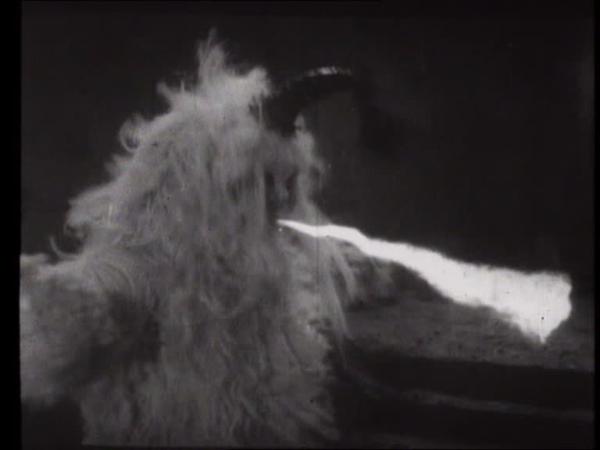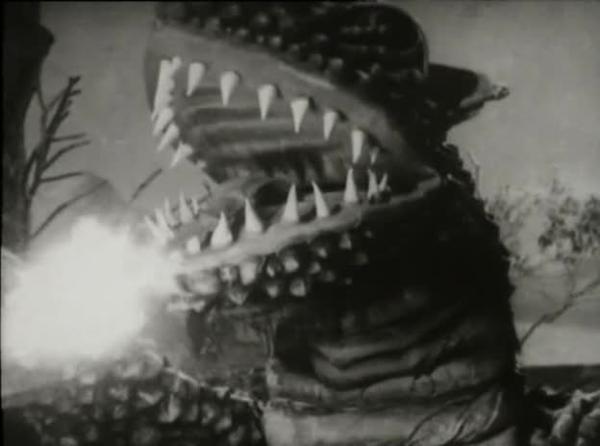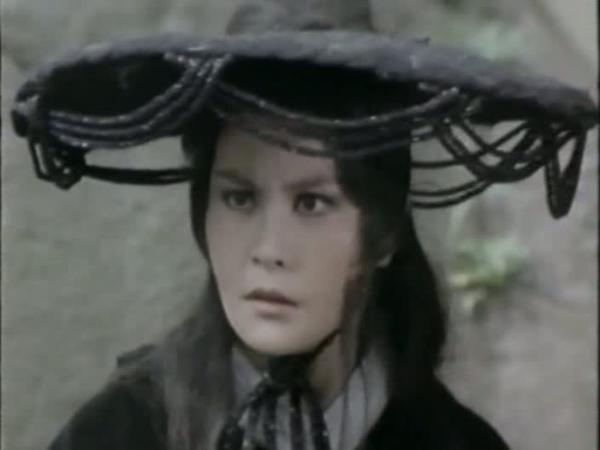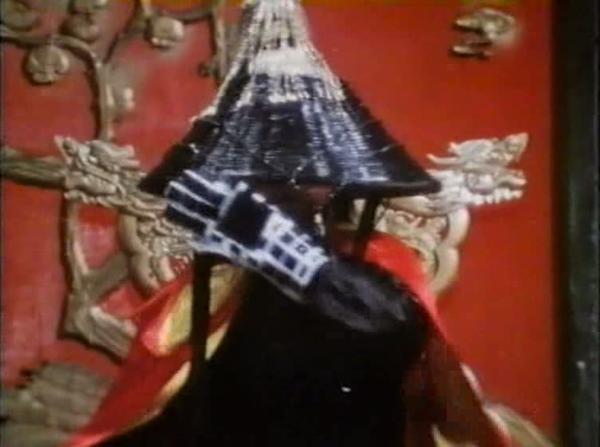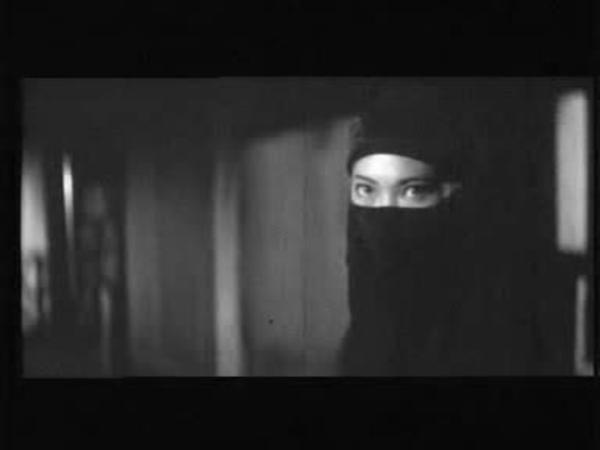Buddha’s Palm (Part 1)
aka 如來神掌(上集) aka The Young Swordsman Lung Kim-fei Part 1

1964![]() HKMDB Link
HKMDB Link
Written by Sze-To On
Story by Shangguan Hong
Directed by Ling Yun

In Kung Fu Hustle, Bruce Leung’s The Beast character’s name translates to Dark God of the Fire Clouds. While that name is awesome in it’s own right, it’s also borrowed from Buddha’s Palm (and the pulp wuxia serials that Buddha’s Palm is based on.) That is an example of the lasting influence the Buddha’s Palm films have had on Hong Kong entertainment, particularly wuxia and martial arts cinema.

Though far far far from the first wuxia pian tale to be translated to the screen, the Buddha’s Palm series heavily influenced later films with the fantasy effects and memorable tales. Having seen about a dozen of the old black and white Cantonese wuxia films, I can say that the Buddha’s Palm series just feels bigger than the others. It’s like Star Wars compared to one of the cash in scifi flicks that finished out the 70s. Though some of the later wuxia films attempted to be as creative, they didn’t have the resources available to compete, and soon the whole deal was eclipsed by Shaw.
For some of this background information, I am handicapped by the lack of information in English about wuxia tales and their authors. So some of this is conjecture, and may be inaccurate. Feel free to drop some knowledge on me if things are wrong. That’s how we all learn.

The tale is largely taken from two sources – Taiwanese author Liu Canyang’s Heavenly Buddha Palm (天佛掌) and Cantonese author Shangguan Hong’s Thousand Buddhas’ Fist. The general plot seems borrowed from Liu’s tale, while the characters are from Shangguan Hong’s stories (and he is the name listed in the credits.) Thousand Buddhas’ Fist was serialized in Ming Pao Daily, which was the place to be a serialized wuxia tale. It was founded by Louis Cha Leung-yung, better known to wuxia story lovers as Jin Yong (the author of the Condor Trilogy) How much the movies’ “borrowing” from Liu was legitimate, I cannot say, as there do not seem to be translations of the stories available. Some of the original stories have been adapted into comic novels.

The Buddha’s Palm films work because they are a grand adventure. There are battles, but there are also a enormous amount of special effects. One of the memorable features are the hand-drawn effects as characters blast away at each other, or control rings and chains and beams that battle in the air. Art director Lo Ki-Ping was the man responsible for the look of the series and most of the hand-painted effects. He also designed the various monster costumes that help spice up Buddha’s Palm. While obviously men in suits, they have a level of B-movie appeal that lame CGI creatures will never match. The effects action enhances the choreography done by action director Simon Yuen Siu-Tin.

Series director Ling Yun went on to direct the three followups The Furious Buddha’s Palm (1965), Buddhist Spiritual Palm (1968), and Buddhist Spiritual Palm Returned (1968). The latter two feature a largely new cast. The Buddha’s Palm franchise was updated in 1982 with Shaw Brother’s Buddha’s Palm, and there has been at least two television series based on the stories. Kung Fu vs. Acrobatic was also a detailed love letter to this series and similar films. With the current trend of remaking everything, I would not be surprised if someone dusted off the Buddha’s Palm tales to bring back to the big screen.

The wonderful DVD set comes complete with no English subtitles. But here at TarsTarkas.NET, we don’t need no stinking subtitles! Some character names I used are taken from synopses that may or may not be a good translation. But that just adds to the fun!


|



